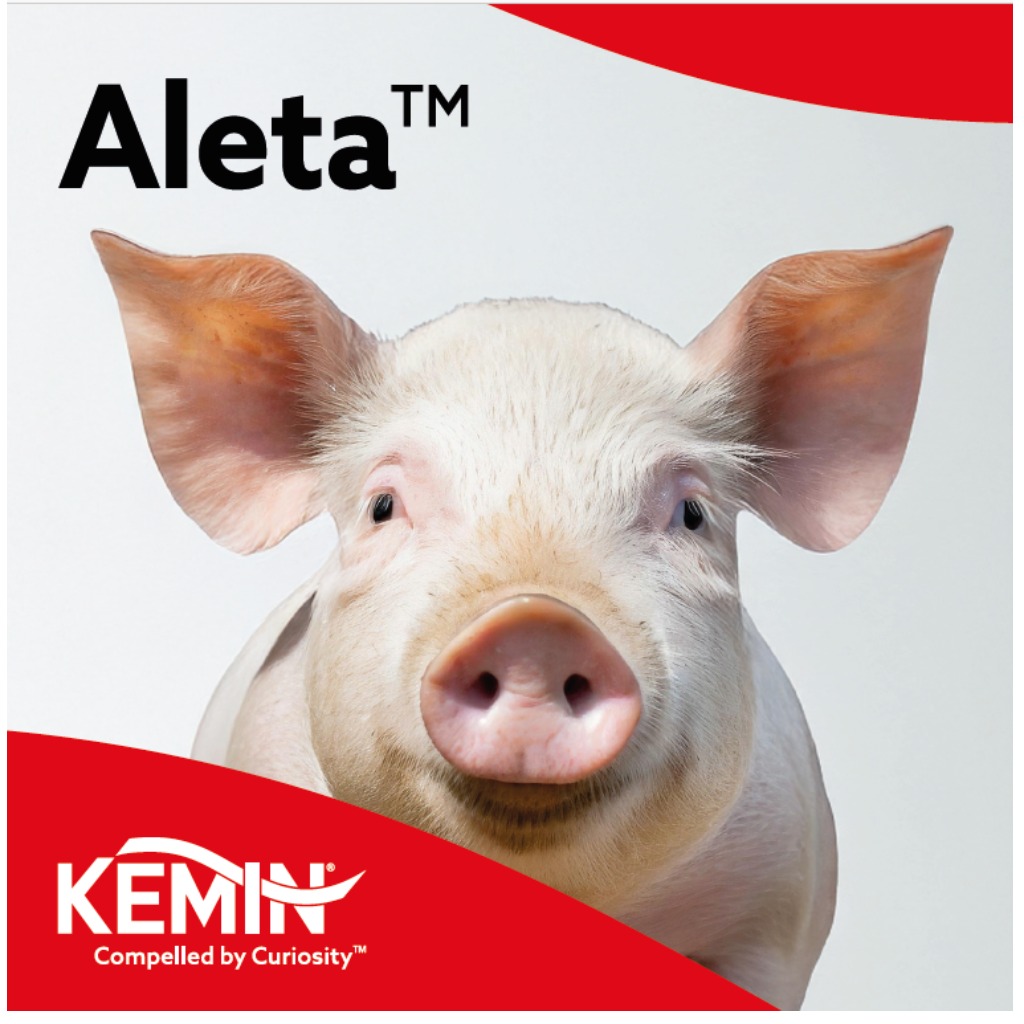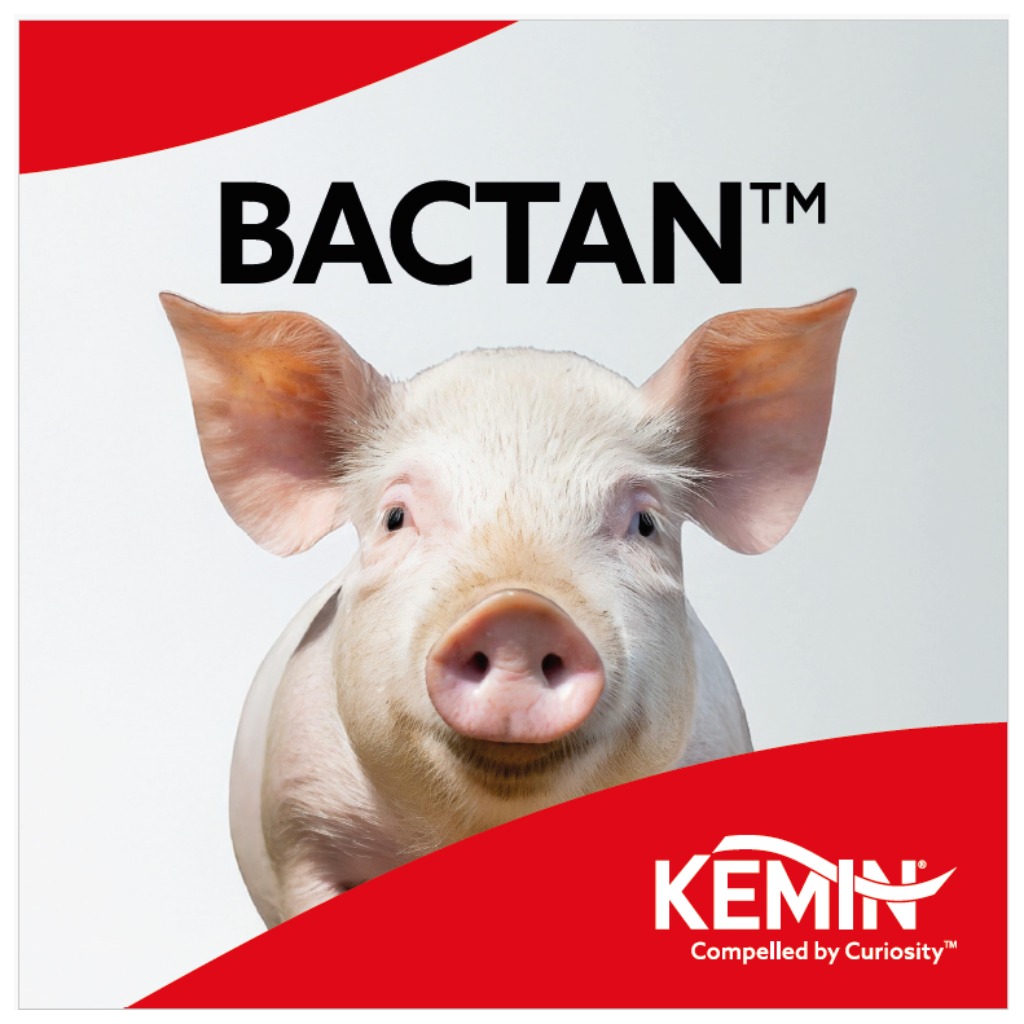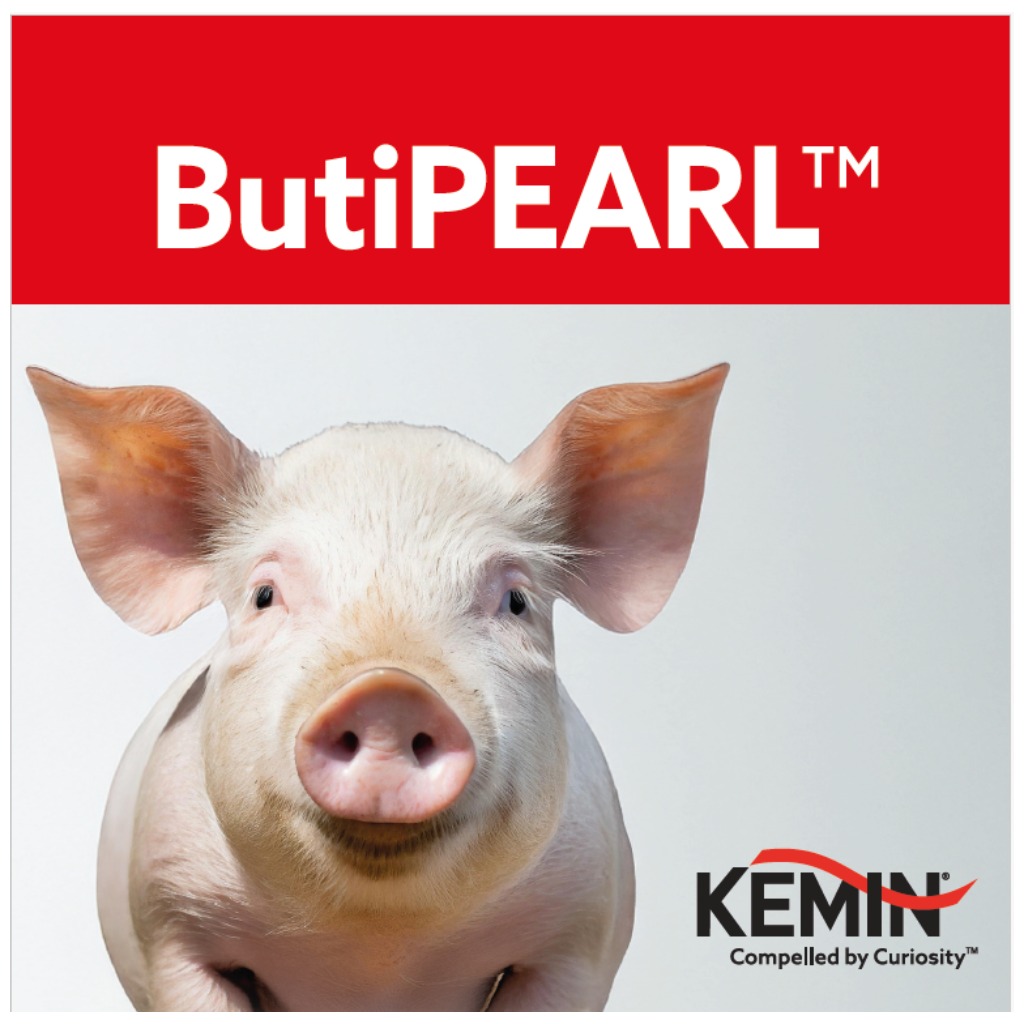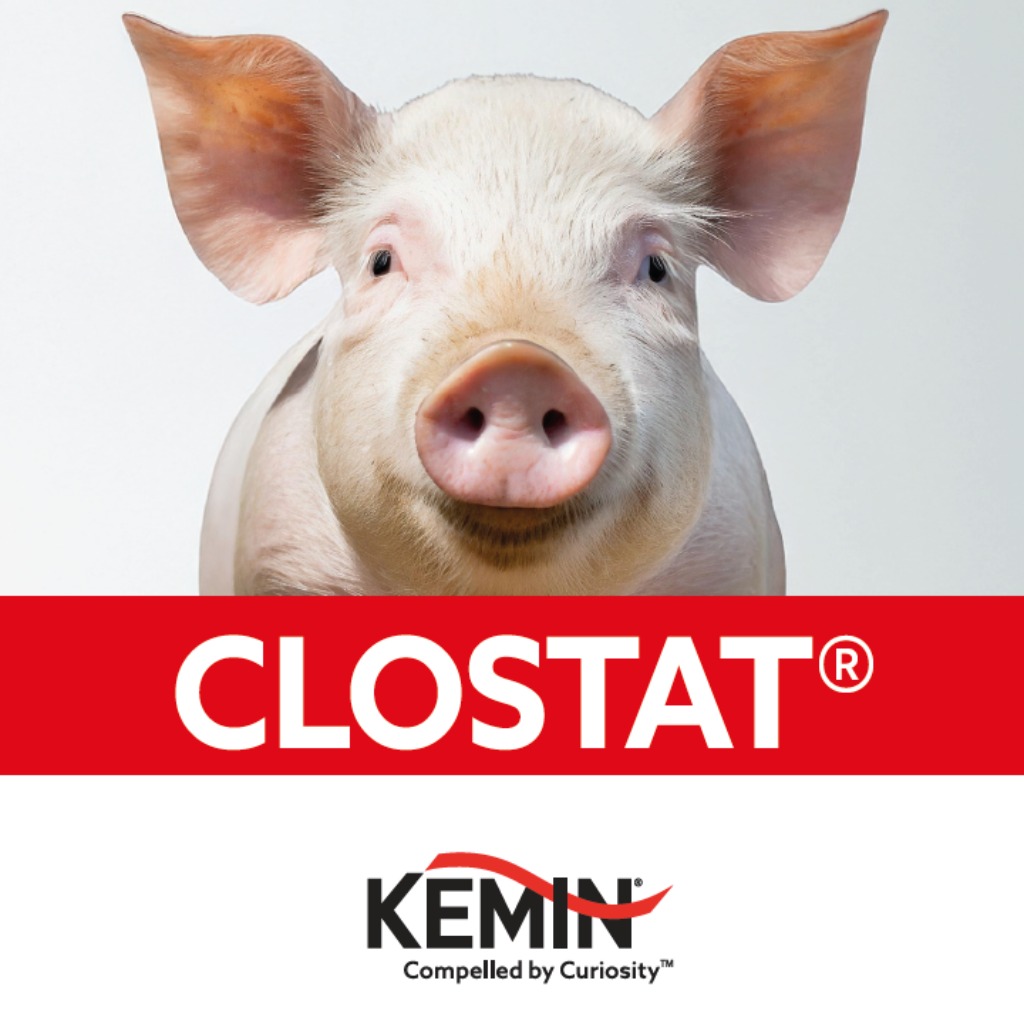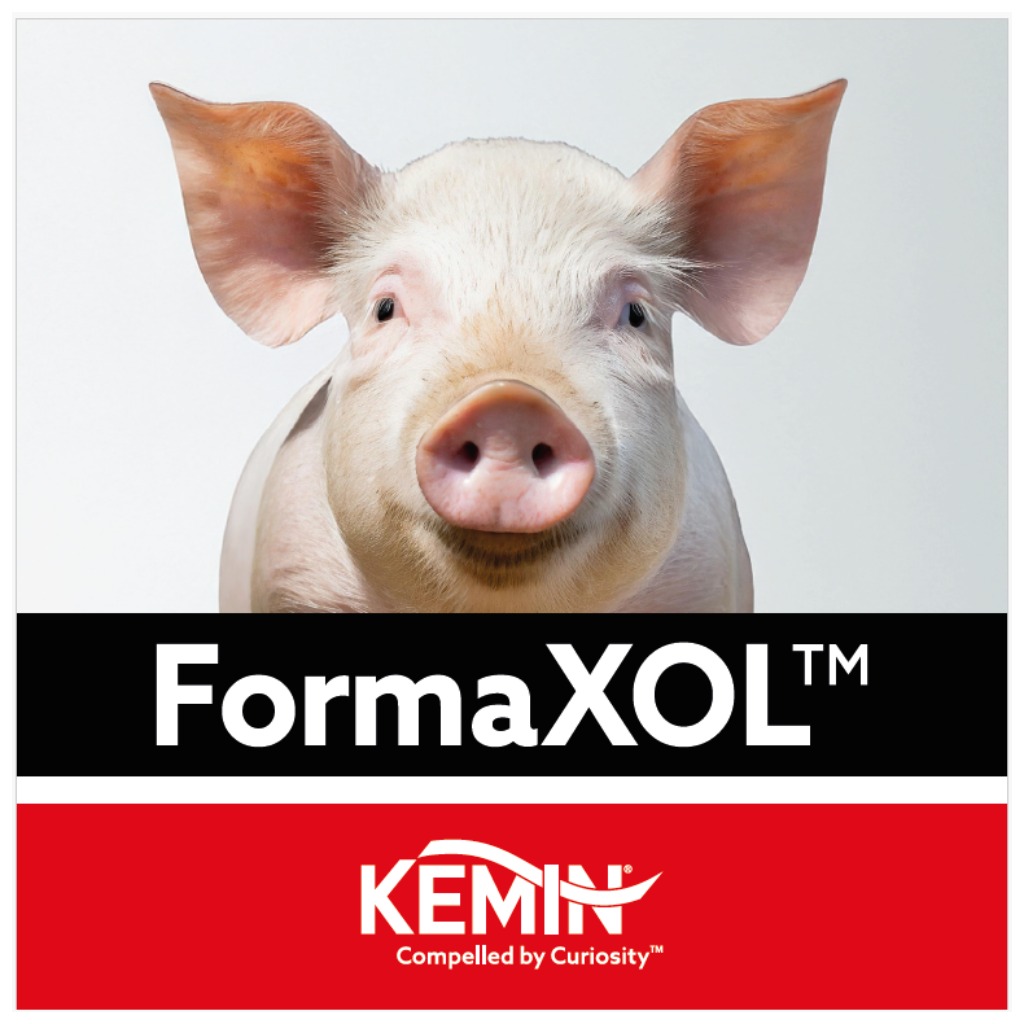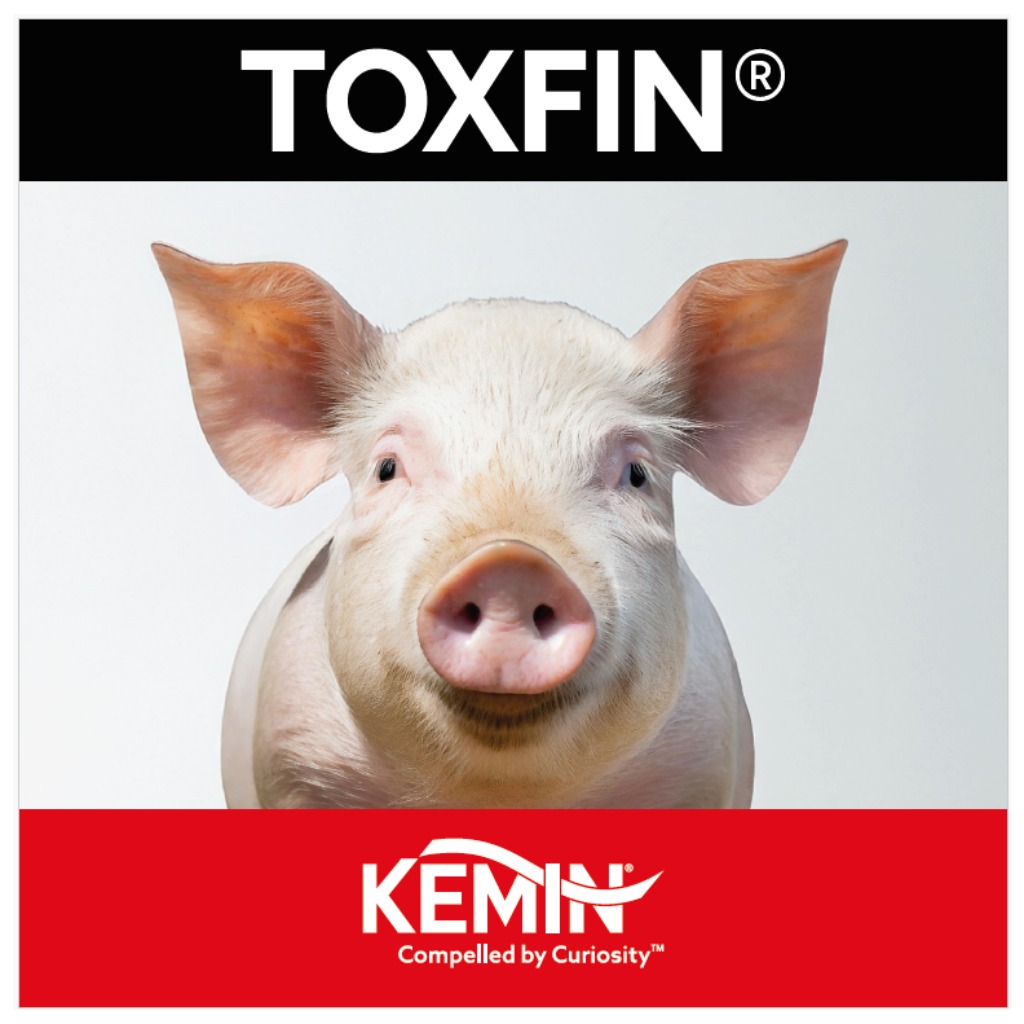Mycotoxins: The tax collectors
Background:
Mycotoxins have become a household name in recent years with the potential problems and consequences of these compounds becoming more widely studied and regarded. Potential causes for the increased cognisance of mycotoxins may be due to solid scientific data demonstrating the effects of the various toxins in animal species where clear pathological effects of specific toxins have been measured (Zain, 2011; Fung & Clark, 2004). Another critical factor contributing to the increased awareness of the risk of mycotoxins is the amount of data available as evidence of its occurrence. With global and local survey data available, knowledge of prevalence levels of various mycotoxins by region/ country benefit the entire industry. This has put a quantifiable value on risk and also shown yearly trends, with an almost continual increase in prevalence over successive years. This steady increase has perhaps also brought home the seriousness of the risk and lead to an increased level of safety factors being added to feeds to mitigate negative effects.
The role players:
The three main types of fungi responsible for the major mycotoxins are Fusarium, Aspergillus and Penicillium species. Some other types include Claviceps (Ergots), Alternaria (Alternaria toxins) and Stenocarpella (Diplodia)
The toxins:
The main mycotoxins focused upon and demonstrating effects on performance in animals are indicated below with their general effect indicated. These mycotoxins can all be tested for at various laboratories locally.
- Aflatoxins – Aflatoxin B1, B2, G1, G2 (in feeds/ raw materials). Carryover of aflatoxins into milk as M1 & M2 (Britzi et al, 2013). Exert primary effect upon liver, with immune and carcinogenic effects also demonstrated (Eaton & Groopman, 2013).
- Fumonisins – Fumonisins B1 & B2. Exert liver and neurotoxic effects through disruption of sphingolipid metabolism involved in cell signalling and lipid bilayers (Voss et al, 2007).
- Ochratoxins – Ochratoxin A, B & C. Target kidneys and immune systems and also show carcinogenic activity (Pfohl-Leszkowicz & Manderville, 2007)
- Trichothecenes – split into two groups Type A (T-2 Toxin, HT-2 Toxin) and Type B (Deoxynivalenol/DON, Nivalenol/NIV). This large group of toxins generally inhibit protein synthesis, reacting at ribosomal level (Arunachalam & Doohan, 2013).
- Zearalenone – has a phytoestrogenic structure and may disrupt hormone/ reproductive functions (Zinedine et al, 2007)
Dangers:
Mycotoxins can be almost anywhere and are invisible to the eye and odourless. With most mycotoxin structures being interchangeable between various metabolites there is often a larger amount of toxin present than may be seen from a standard test. These masked/ hidden toxins can add to the total effect of the toxins once consumed. There is also a limited knowledge as to the exact effect of multiple mycotoxins; these effects may be additive, synergistic or antagonistic (Whitlow et al, 2002). Most mycotoxins exert liver toxicity and thus affect the detoxification ability of animals (Akande et al, 2006).
Risks in feed:
The risk of mycotoxins in feed is very broad as more raw materials are being tested, the presence of mycotoxins has been expanded into products previously considered safe. Thus the effects depend upon the levels present as well as the types present. The possible negative effects of these toxins, also varies significantly based upon the species under consideration. All species of animal are affected by mycotoxins, often at subclinical levels (Zain, 2011). Sensitivity to mycotoxins is also closely linked to the health status of the animal and any disruption in normal metabolism and health puts all species of animals under greater risk of more severe negative effects.
Prevention:
Whilst some care may be taken in preventing mycotoxins from spreading this is very difficult to achieve as many fungal spores are present in soil and remain there until favourable conditions allow for development. Spores are very resilient and survive for long periods of time under extreme conditions, thus making their elimination difficult. Management practices can be adjusted to limit contamination and damage although all crop species are at risk for development of mycotoxins. Once development has occurred it cannot be undone and reactive steps can be taken only to reduce the mould growth further (and thereby reduce further production of toxins) and to reduce the possible effects of the toxins within animals using additives such as mycotoxin binders/ enzymes/ immunomodulators/ vitamins etc.
Points to bear in mind:
- Mycotoxins can occur in any raw materials, with those of plant origin being most at risk due to soil fungal spores
- Research continues to show the negative impacts of mycotoxins on production and health across all species of animals
- Disruptions in metabolism and health status will create a larger negative impact from mycotoxins
- Although mycotoxins cannot be removed once present, there are options available to reduce the negative effects they may have on performance
- As for all additives, it is recommended that these be backed up by sound scientific data demonstrating efficacy and safety.

Contacto:
Contacta con nosotros a través del siguiente formulario.
Un resumen semanal de las novedades de 3tres3 Argentina
Accede y apúntate a la lista


